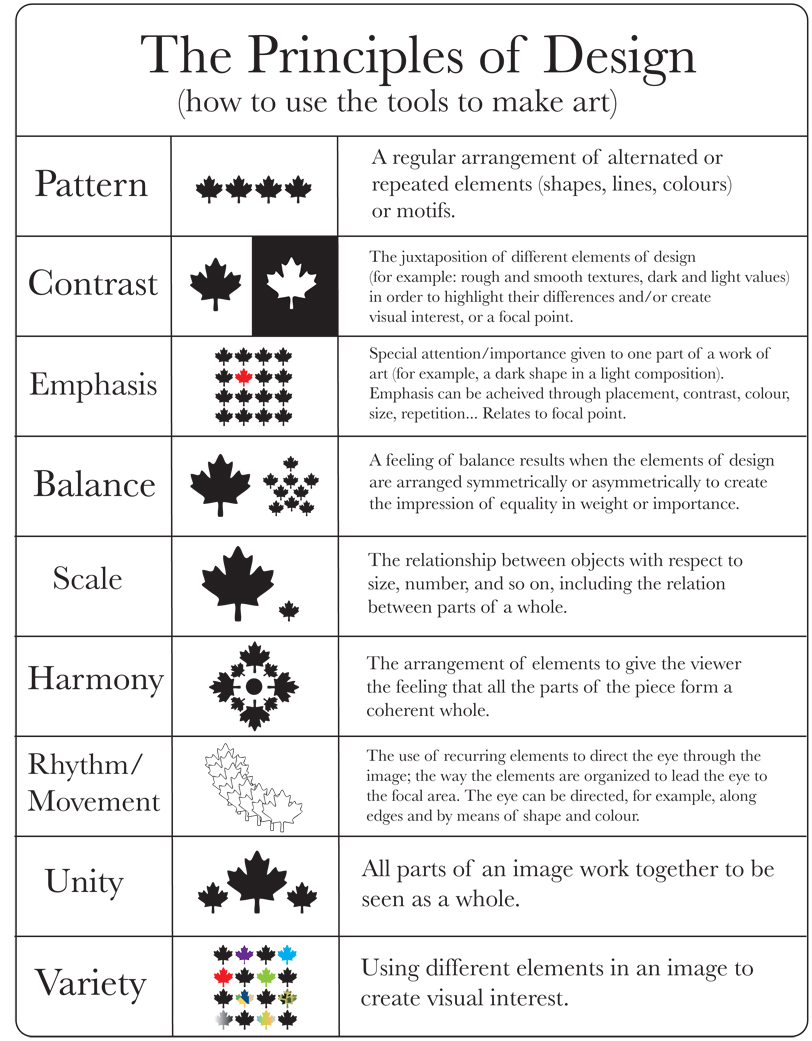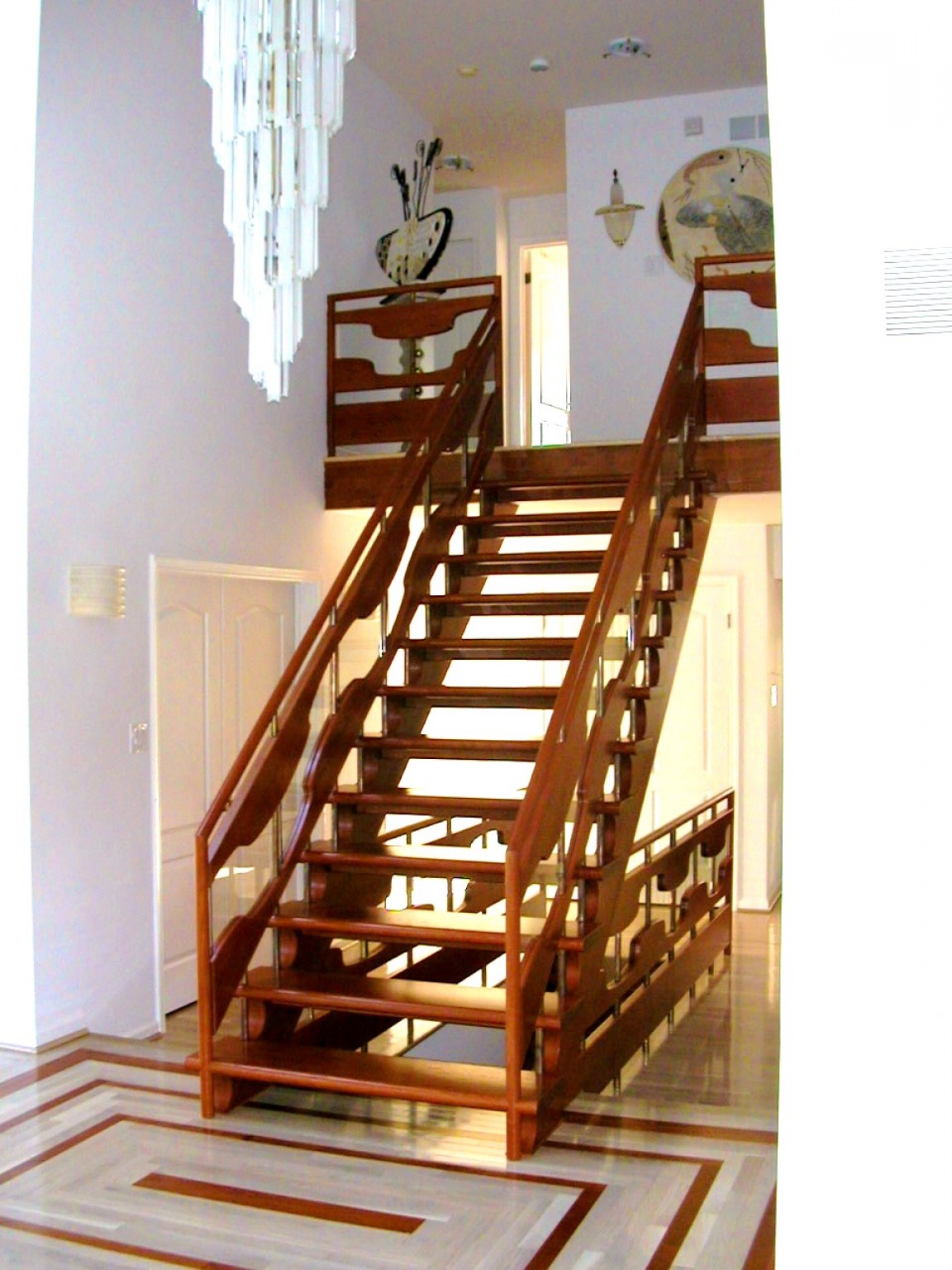Table Of Content

Interrogate your list and ask if they are principles, or just objectives. Design Principles are a set of considerations that form the basis of any good design or product. I felt it was important that some thought be put in beforehand, I wanted to avoid concluding with a set of principles that had not been carefully considered. Unity adds order and makes a piece feel like a coherent whole, instead of a messy combination of individual parts that just so happen to exist on the same page. In design, rhythm hasn’t got anything to do with the way you move your hips.
What Is Cradle to Cradle? Principles, Design, and Certification - Treehugger
What Is Cradle to Cradle? Principles, Design, and Certification.
Posted: Mon, 26 Jul 2021 21:09:41 GMT [source]
The 12 principles of design to consider in creating great designs
This would help ensure alignment between the work produced by the various teams and their respective disciplines. As a general rule, it's best to use colors, textures, and shapes to create patterns. Try to avoid doing so with words — it tends to just give folks headaches. Despite the occasional bright colors and wacky designs, the key to creating effective patterns is simplicity. Designers create rhythm by repeating lines, shapes, colors, and other elements. This makes a path for our eyes to follow, builds patterns, and imbues the design with a sense of flow.
Learn more about Design Thinking (DT)

In the “Inspire” phase, the team focuses on understanding users’ needs, behaviors, and motivations. The team empathizes with people through observation and user interviews to gather deep insights. Innovation doesn’t follow a linear path or have a clear-cut formula. Global design leaders and consultants have interpreted the abstract design process in different ways and have proposed other frameworks of design thinking. The aim is to identify the best possible solution for each problem. The team produces inexpensive, scaled-down versions of the product (or specific features found within the product) to investigate the ideas.
What is the strongest element of design?
Tiny typography tucked away at the bottom of a page carries much less weight than almost anything else in a design, and is therefore deemphasized. One of the most common complaints designers have about client feedback often revolves around clients who say a design needs to “pop” more. While that sounds like a completely arbitrary term, what the client generally means is that the design needs more contrast.
on a set of design principles
Be trustworthy and credible – identify yourself through your design to assure users and eliminate the uncertainty. Offer few options – don’t hinder users with nice-to-haves; give them needed alternatives instead. Unity can also reveal symbolism to the viewer, creating a subjective experience that is unique to the viewer.
5 Design Principles for System Configuration - InfoQ.com
5 Design Principles for System Configuration.
Posted: Wed, 25 Mar 2015 07:00:00 GMT [source]
Visual Hierarchy
We all know what movement means — it’s when something changes position over time! Movement is created when a viewer sees elements moving around in composition (or across multiple compositions). Movement can be created by overlapping shapes or stacking elements on top of one another (like overlapping apples).
Variety
’ a team can ask, ‘is this a good design in relation to our design principles? With multiple designs it’s possible to ask, ‘which of these designs is more closely aligned to our design principles? Ben Brignell, creator of the awesome Principles.design website describesdesign principles as, “A set of considerations that form the basis of anygood product”.
Information is continually used to inform the understanding of the problem and solution spaces, and to redefine the problem itself. Designers or evaluators rigorously test the complete product using the best solutions identified in the Prototype stage. This is the final stage of the five-stage model; however, in an iterative process such as design thinking, the results generated are often used to redefine one or more further problems. You can then proceed with further iterations and make alterations and refinements to rule out alternative solutions. The ultimate goal is to get as deep an understanding of the product and its users as possible. The principles of design are a set of guidelines for creating an effective visual design.
What are principles of design?
For example, if you’re designing for the web, there are many standards for how to use colors, fonts, and images correctly. Standards define specific rules for how something should look or be used. For example, the WCAG (Web Content Accessibility Guidelines) are standards that tell designers how to make their websites accessible for people with disabilities.
More than a process, the Head, Heart and Hand framework outlines the different roles that designers must perform to create great results. Don Norman, a pioneer of user experience design, explains why the designer’s way of thinking is so powerful when it comes to such complex problems. Variety should reinforce the other elements of a design and be used alongside them to create a more interesting and aesthetically pleasing outcome that improves the user’s experience. White space—also referred to as “negative space”— is the areas of a design that do not include any design elements. In design, however, patterns can also refer to set standards for how certain elements are designed.
We should be aware that when designing positive shapes, we are also designing negative spaces at the same time. Negative space is just as important as the positive shape itself — because it helps to define the boundaries of the positive space and brings balance to a composition. Balance can be achieved symmetrically, where elements mirror each other on either side of a central axis, or asymmetrically, where elements provide equilibrium without mirroring. Achieving balance creates stability, harmony, and cohesion in a design. It ensures that viewers can engage with the content without feeling overwhelmed or distracted. For a deeper dive into the intricacies of visual composition, including balance, refer to the article on the building blocks of visual design at interaction-design.org.
The need to define Wunderite’s Design Principles became apparent as our team grew. It was relatively easy to maintain consistency with a small team. But as the team grew, it became increasingly challenging to maintain a unified product experience without getting bottlenecked by a few stakeholders. What are some commonly asked questions about the twelve principles of design?
Design thinking reverses this process and advocates that teams begin with desirability and bring in the other two lenses later. They can create excitement (particularly flowing and progressive rhythms) or create reassurance and consistency. Emphasis can also be used to reduce the impact of certain information. This is most apparent in instances where “fine print” is used for ancillary information in a design.
However, remember that you don’t have to follow all of these principles to have a groundbreaking design. However, you don’t have to show variety, just because you need to have it in your design. It should come naturally and make up an aesthetically-pleasing composition. Let's shape your insights into experience-led data products together. After the session, Valerie worked closely with our team to help identify universal themes and down-select a core set of common convictions. These thematic groupings gave way to a set of draft principles and an organizing framework the team could discuss and debate.

No comments:
Post a Comment